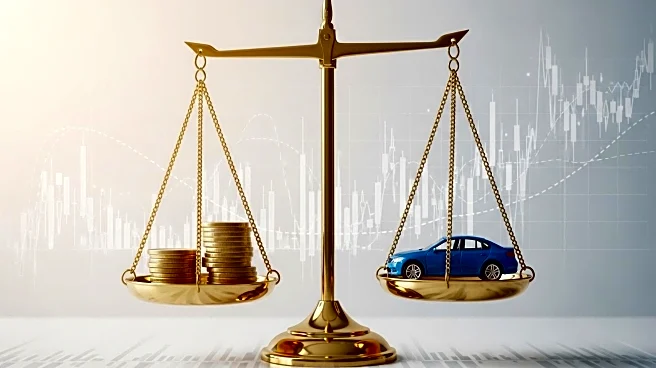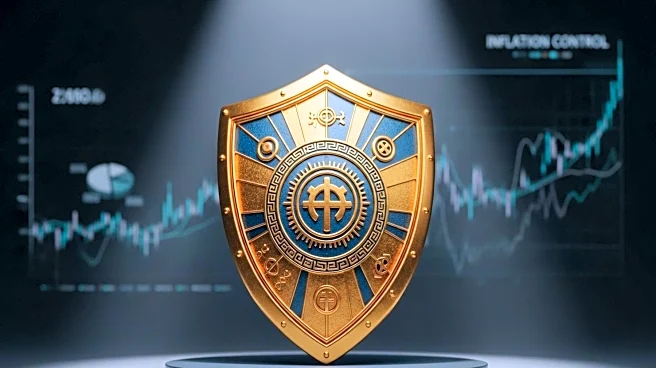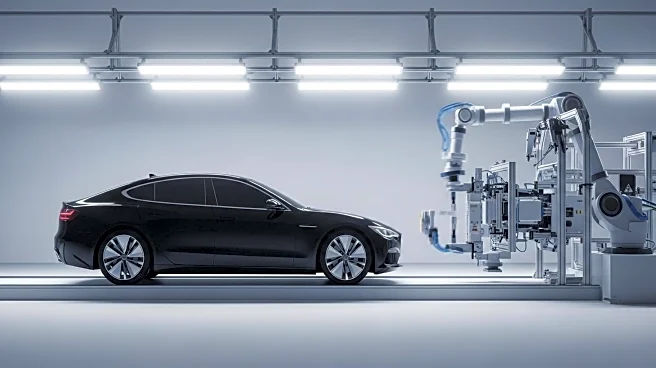What's Happening?
The average price for new vehicles in the U.S. has surpassed $50,000 for the first time, according to Cox Automotive's Kelley Blue Book. This milestone comes as auto loan delinquency rates remain high, particularly among consumers with low credit ratings. The automotive market is increasingly driven by wealthier households, while those with tighter budgets are opting for used vehicles or avoiding purchases altogether. This trend reflects a 'K-shaped' economy, where economic gains are unevenly distributed across different income levels.
Why It's Important?
The disparity in the automotive market highlights broader economic inequalities exacerbated by the pandemic. While wealthier consumers benefit from favorable credit conditions and rising asset values, lower-income individuals face financial challenges due to inflation and high borrowing costs. This situation underscores the need for policies that address economic disparities and support affordable access to essential goods and services. The automotive industry's dynamics may also influence broader economic trends and consumer behavior.
What's Next?
The ongoing economic disparity may lead to increased scrutiny of lending practices and calls for more equitable access to credit. Policymakers might explore measures to support lower-income consumers, such as subsidies or incentives for purchasing affordable vehicles. Additionally, the automotive industry may need to adapt to changing consumer preferences and economic conditions, potentially leading to shifts in production and marketing strategies.
Beyond the Headlines
The 'K-shaped' economy raises ethical questions about the distribution of wealth and the role of financial institutions in perpetuating economic inequalities. It also highlights the cultural implications of consumerism and the societal impact of rising costs on everyday life.











